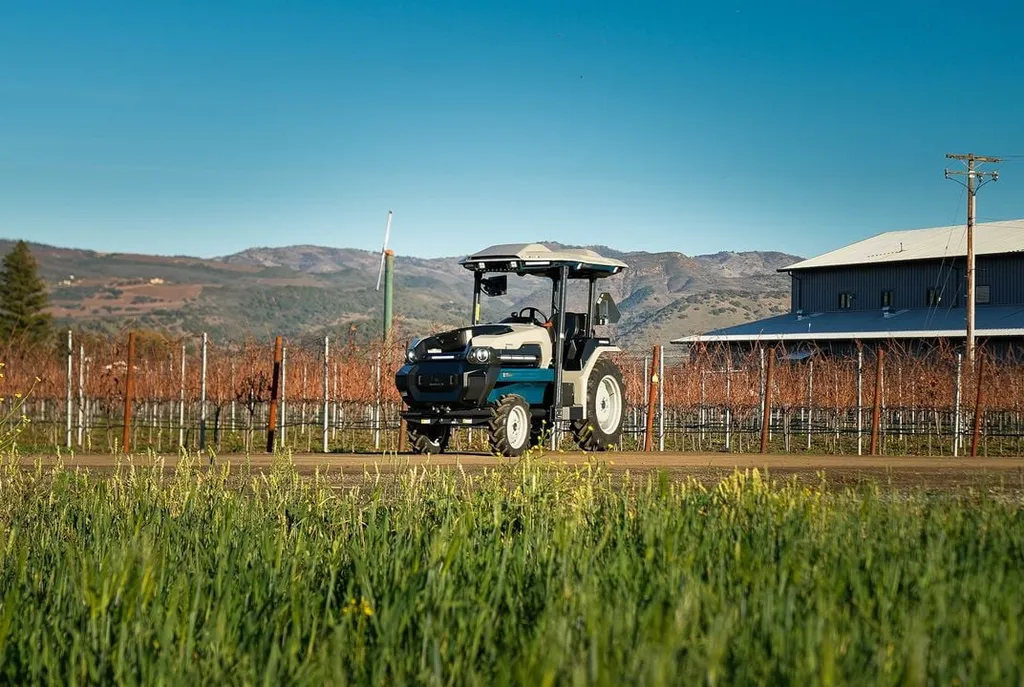In the heart of Spain, at the Universidad Politécnica de Madrid, a groundbreaking study is reshaping our understanding of agricultural tractor performance. Led by Ivan Herranz-Matey from the Departamento de Ingeniería Agroforestal, the research, published in the ‘International Journal of Agricultural Sustainability’ (or ‘Revista Internacional de Sostenibilidad Agrícola’ in Spanish), delves into the evolution of tractor efficiency from 1989 to 2024, offering insights that could revolutionize the energy sector’s approach to agricultural machinery.
Herranz-Matey and his team have introduced a novel concept: the ‘virtual reference implement’. This innovation shifts the focus from traditional industry metrics like power output and fuel consumption to user-centric indicators such as area productivity and fuel consumption per hectare. “We’re moving away from just looking at how much power a tractor can produce,” Herranz-Matey explains. “Instead, we’re asking, how much can it do, and how efficiently can it do it in the real world?”
Using data from the OECD tractor testing protocols, the study applies linear and polynomial regressions to model the evolution of key performance variables. The results are striking: a 1.65-fold increase in productivity, a 1.06-fold improvement in fuel efficiency, and substantial reductions in emissions, with NMHC + NOx decreasing by a factor of 8.6 and particulate matter by 11.6.
These findings have significant implications for the energy sector. As the world grapples with climate change and the need for sustainable practices, the agricultural industry is under pressure to reduce its environmental impact. Herranz-Matey’s research shows that technological advancements, particularly the virtual reference implement, can enhance both performance and environmental sustainability.
The study also highlights the role of increasing tractor size and portfolio complexity in driving these improvements. “Larger tractors with more complex features can cover more ground and do more work, but they also need to be more efficient and produce fewer emissions,” Herranz-Matey notes. This balance is crucial for the future of agricultural machinery and the energy sector as a whole.
The research published in the ‘International Journal of Agricultural Sustainability’ is a significant step forward in understanding and optimizing agricultural tractor performance. It offers a roadmap for future developments in the field, guiding manufacturers and policymakers towards more sustainable and efficient practices. As the world continues to evolve, so too must our approach to agriculture, and this study is a beacon of progress in that journey.

